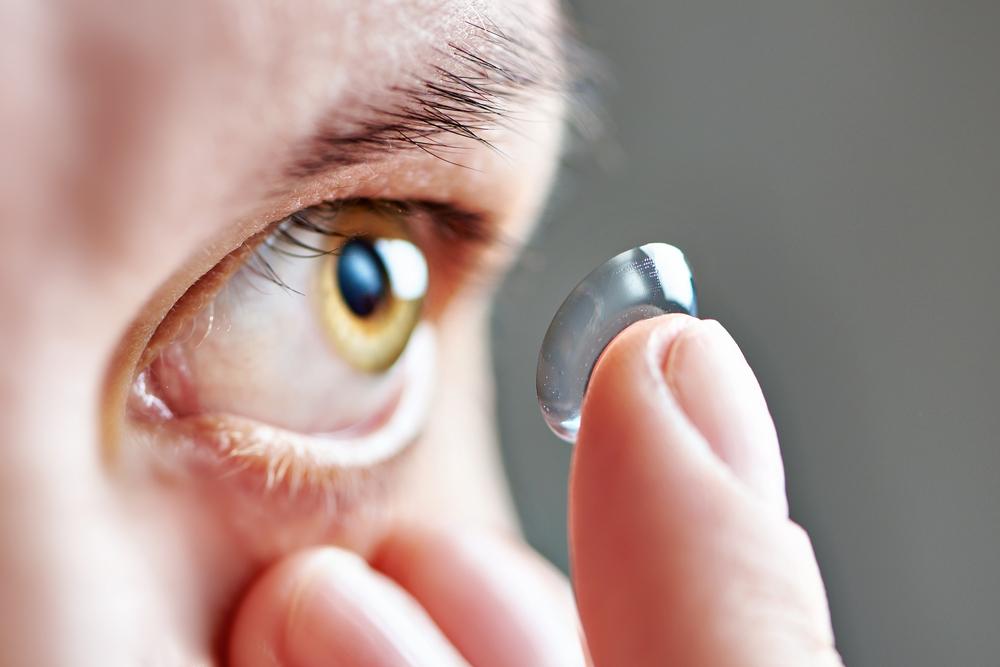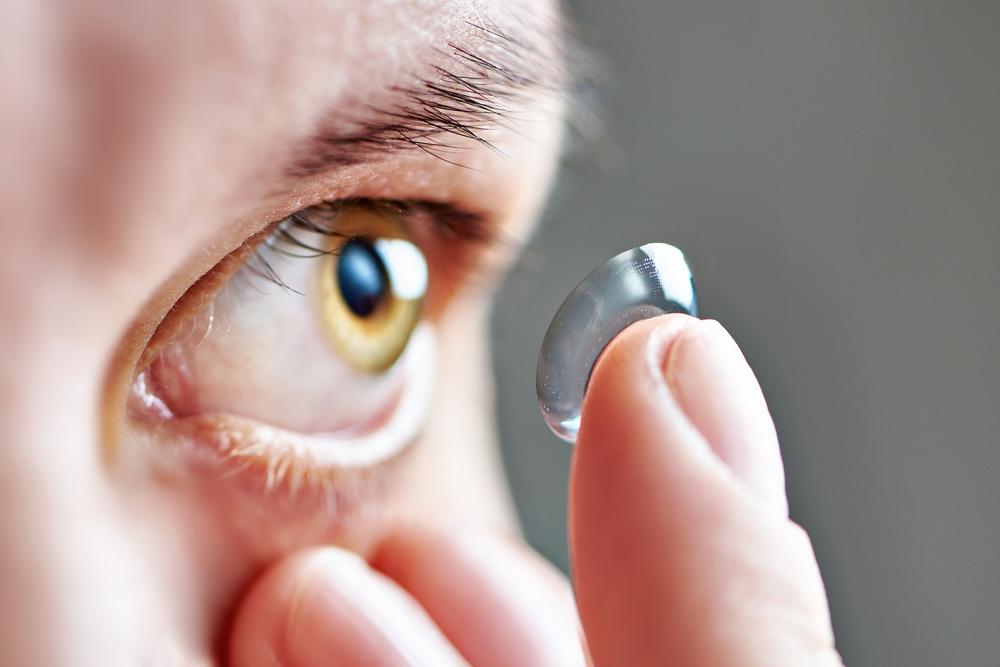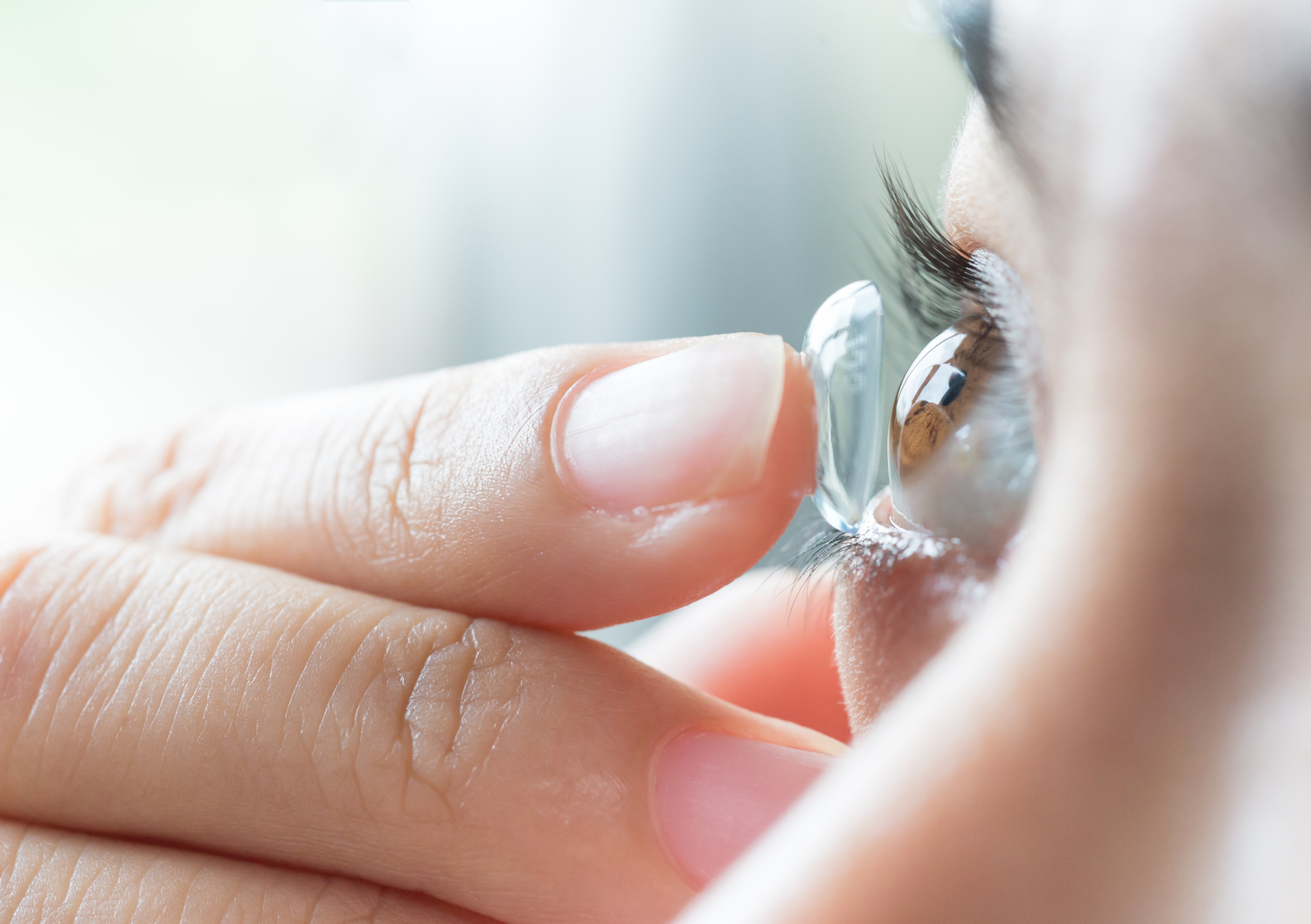Comprehensive Guide to Choosing the Perfect Contact Lenses for Your Eye Care Needs
This comprehensive guide explores how to choose the ideal contact lenses tailored to your eye health, lifestyle, and aesthetic needs. It covers lens types, materials, replacement schedules, and expert tips, ensuring comfortable and safe vision correction. Whether you’re interested in daily disposables, extended wear, or cosmetic lenses, this detailed article helps you make an informed decision for optimal eye comfort and appearance.

Comprehensive Guide to Choosing the Perfect Contact Lenses for Your Eye Care Needs
For millions of people worldwide, contact lenses have become an essential part of daily life, serving as a convenient and often more aesthetically pleasing alternative to traditional eyeglasses. Whether for correcting vision, enhancing appearance, or easing physical activities, there are numerous options available today. As the variety of contact lenses expands, understanding their different types, materials, and features is vital for making an informed choice that offers comfort, safety, and optimal vision correction. This comprehensive guide walks you through the essential factors to consider, the types of lenses suitable for various needs, and expert tips for selecting the ideal lenses tailored to your lifestyle and eye health.
Choosing the right contact lenses involves understanding different lens types, materials, replacement schedules, and additional features. The goal is to find lenses that provide clear vision, maximum comfort, and safety for your eyes. From soft, daily disposables to long-term extended wear options, there are solutions suited for every lifestyle, prescription, and personal preference. This detailed article covers all these aspects, guiding you step-by-step to select the best contact lenses for your eyes and everyday use.
Understanding Contact Lens Types and Their Benefits
The market offers a broad spectrum of contact lenses designed to meet diverse visual needs and lifestyle demands. Recognizing these types helps in choosing the right option that aligns with your eye health and daily routines.
Soft Daily Disposable Lenses: These contact lenses are crafted from high-water-content, flexible materials ensuring comfort throughout the day. Designed for single-use, they eliminate the need for cleaning and case hygiene, making them ideal for travelers or those seeking low-maintenance options. They are also suitable for people with sensitive eyes who prefer a fresh pair daily.
Extended Wear Lenses: Designed for continuous wear over several days or weeks, these lenses incorporate breathable materials that facilitate oxygen flow to your corneas, reducing the risk of hypoxia. They are perfect for busy individuals who dislike daily lens handling, but require regular eye check-ups and careful hygiene practices.
Bi-weekly and Monthly Lenses: Reusable lenses that need to be cleaned and stored properly each day. They strike a balance between convenience and cost-effectiveness, suitable for wearers comfortable with routine maintenance.
Daily Wear Lenses: These are intended for daytime use, removed every night, and require proper cleaning. Their convenience and lower risk of infection make them suitable for most users seeking a simple but effective correction method.
Specialized Lenses for Specific Conditions: Including toric lenses for astigmatism, multifocal lenses for presbyopia, and custom-designed lenses for irregular corneas. The diversity ensures that almost every visual impairment can be corrected effectively.
Exploring Lens Materials and Their Impact on Comfort
Lens materials play a crucial role in comfort, oxygen permeability, and overall eye health. Soft lenses are primarily made from hydrogels and silicone hydrogels, which allow oxygen transmission to the cornea, critical for prolonged wear.
Hydrogel Lenses: Traditionally used due to their high water content and flexibility, hydrogel lenses are comfortable but may have lower oxygen transmission compared to newer materials.
Silicone Hydrogel Lenses: These lenses offer higher oxygen permeability, making them suitable for extended or continuous wear. They are often recommended for individuals with higher prescriptions or dry eyes.
Choosing the Right Replacement Schedule for Your Lifestyle
The lifespan of contact lenses varies from daily to monthly and longer. Selecting the appropriate schedule depends on personal habits, eye health, and convenience preferences.
Daily Disposables: Perfect for those with busy lifestyles or occasional lens users. They provide hygiene without the need for cleaning solutions.
Bi-weekly and Monthly Lenses: These require proper maintenance, including cleaning and disinfecting to ensure safety and durability over their designated lifespan. They are economically advantageous for regular lens wearers.
Extended Wear Lenses: Designed for continuous use, typically for up to a week or longer, but should be used with regular eye examinations to mitigate risks of complications.
Color Options and Aesthetic Features of Contact Lenses
Beyond functionality, many individuals opt for contact lenses that enhance or change their eye appearance. Colored lenses come in various types to suit different aesthetic desires.
Opaque Lenses: Fully colored lenses that provide a dramatic change, covering natural eye color completely. Ideal for costume or fashion purposes.
Enhancement Lenses: Tinted to intensify natural eye color subtly, enhancing light-colored eyes for a more vibrant look.
Visibility Tinted Lenses: Lightly tinted for ease of handling and visibility during insertion and removal, without altering eye color.
Essential Tips for Selecting the Best Contact Lenses
Making the right choice involves thorough consideration of various factors to ensure optimal comfort, safety, and vision correction. Here are expert tips to guide your selection process:
Consult with an eye care professional to get a comprehensive eye exam before choosing lenses.
Evaluate your daily activities and lifestyle to determine the most suitable lens type and replacement schedule.
Consider your eye sensitivity and health conditions, opting for lenses prioritizing oxygen flow and hydration.
Think about aesthetic preferences if you wish to change your eye color, and choose designs accordingly.
Always adhere to proper hygiene practices, including cleaning and replacement routines, to prevent infections and other complications.
In summary, selecting the perfect contact lenses involves understanding your vision needs, lifestyle, and eye health. With many options available, you can work closely with your eye care provider to find lenses that deliver both comfort and clarity, enhancing your quality of life while maintaining optimal eye health.





